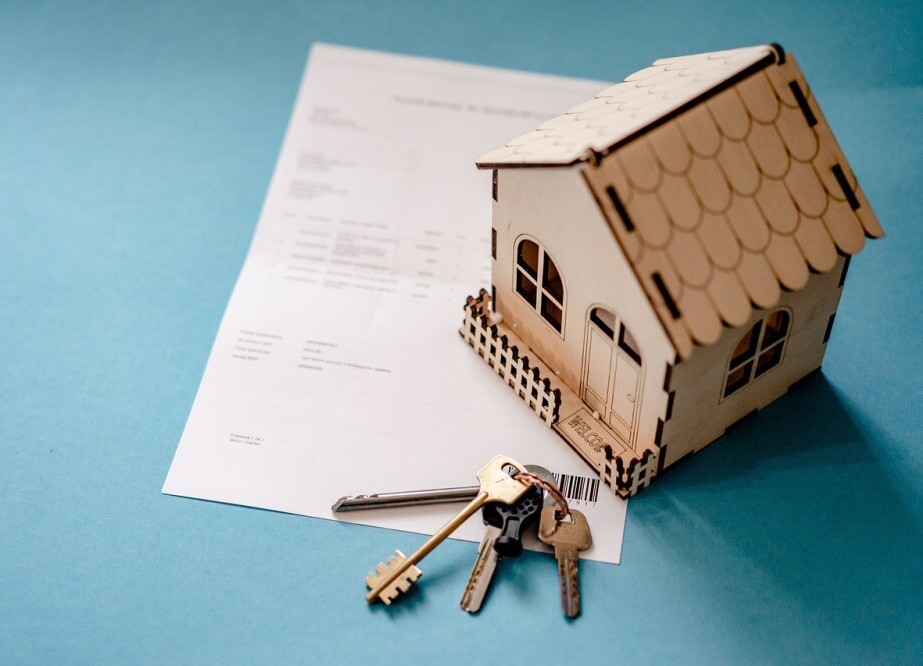Getting ready to put your house on the market? It’s all about making a great first impression. How your home looks can make or break a sale. It’s crucial to spend some time preparing it to woo potential buyers.
Think of curb appeal as your home’s smile. You want it to look friendly and inviting. This means tidy up that front yard, maybe add a splash of paint to the front door, and make sure the home’s exterior looks sharp. It’s all about catching a buyer’s eye instantly.
Inside, focus on cleaning, decluttering, and staging. You’d be surprised how moving around a few pieces of furniture can change a whole room’s feel. The goal is to highlight your home’s best features while allowing a buyer to envision their life there. Often, using neutral colors and open spaces makes this easier.
Don’t ignore repairs. That dripping faucet or chipped tile? They might seem like minor issues, but they could be deal-breakers. Stay ahead by fixing these before buyers even step in.
If you’re new to this, consider hiring a professional stager or interior designer. They can offer insights into current trends and suggest changes that could help in drawing buyer interest.
Setting the Right Price for Your Home

When you’re setting a price for your home, it’s all about finding that sweet spot. Too high, and you scare buyers away; too low, and you might shortchange yourself. It’s a balancing act that’s super crucial to the sale.
Start by understanding the local real estate market. Get a feel for what homes in your neighborhood or area are selling for. This context is vital as real estate prices can vary significantly across different neighborhoods in Minnesota.
Perform a Comparative Market Analysis (CMA). This involves looking at similar homes (also known as ‘comps’) that have sold recently in your area. They give you a benchmark for setting your price. While it might sound complicated, there are tools and apps available that make this task much easier—no need to fret if you aren’t a math whiz!
Consider all factors that might affect your pricing decision. This could include your home’s unique features, the current market demand, and even timing; some seasons may attract more buyers than others.
Finally, don’t hesitate to seek expert advice if needed. Even though you’re selling independently, consulting with a local real estate expert can give you insights that are worth considering. They can often provide a professional opinion that helps in fine-tuning your final price point.
Crafting an Attractive Listing
A well-crafted listing is your chance to grab the attention of potential buyers. You want your listing to stand out while accurately portraying what your home offers.
Start with writing a compelling headline and description. You have the space to highlight unique features like a remodeled kitchen, spacious backyard, or even the cozy neighborhood vibe. Use descriptive, engaging language but keep it real; authenticity is key.
Good photos are a must. Clear, high-quality images taken in good lighting can make all the difference. Consider hiring a professional photographer who knows how to capture your home’s best angles. A 360-degree virtual tour can also offer potential buyers a better feel of the space without them needing to step through the door yet.
Don’t underestimate the power of a video tour. It gives a comprehensive view of the flow from room to room and can be especially appealing to out-of-town buyers considering a move.
Remember, your listing copy and visuals should work together to tell the story of your home and spark the interest of potential buyers. Take the time to perfect this part—it’s often the first interaction buyers have with your property.
Marketing Your Home Independently

Getting word out about your home is where the real challenge—and fun—begins. With a bit of creativity and some strategic thinking, you can effectively market your home without breaking the bank.
Social media platforms are your best friend in this case. Share your listing across Facebook, Instagram, and any local neighborhood groups you might be a part of. Social media not only increases your reach but also allows you to engage directly with potential buyers and interested parties.
Word-of-mouth can be surprisingly powerful. Let your friends, family, and colleagues know that you’re selling your home. You never know who might know someone looking to buy, and personal recommendations often carry more weight.
Hosting open houses or virtual tours can offer a personal touch. Prepare informative brochures that paint a vivid picture of what it’s like to live in your home and area. Make these open house events or virtual tours memorable to leave a lasting impression.
Don’t forget community networks. Posting flyers in local cafes or community boards can tap into the local market. It might seem old-school, but attracting local interest can be highly effective.
By thinking outside the box and harnessing the tools available, you can create a buzz around your property and attract the right buyers.
Offering Your Real Estate Services with Redfin

Even as you take on the FSBO journey, there’s no harm in exploring professional avenues that might make your selling process smoother. This is where a service like Redfin can come into play, offering a balance between independence and expertise.
Listing your home on Redfin gives it exposure to a vast network of potential buyers. This increased visibility can be key, especially if you’re in a competitive market. It’s like tapping into a highly trafficked marketplace where buyers are actively looking for their next home.
If a buyer finds your home through Redfin’s network, there’s an agreement where you might need to compensate the platform, similar to traditional real estate commission structures. Always check the latest terms and conditions on this, so you’re fully aware of any obligations.
Redfin also helps in creating a professional listing video that you can share. A well-produced video means you’re showcasing your home in a modern, attractive format. People love visuals, and if they can picture themselves in your home through a detailed video tour, that’s a significant advantage.
For Minnesota specifically, consider posting on mnbyjz.com as mentioned, which can further boost local exposure. This platform might offer unique benefits for sellers within the state, connecting you to local buyers.
Utilizing Redfin doesn’t take away from your FSBO efforts. Instead, it complements them by offering tools and reach that are challenging to achieve on your own.
Managing Inquiries and Showings

Handling inquiries from potential buyers is where your communication skills truly shine. Prompt responses instill confidence and show that you’re serious about selling. Whether it’s answering emails or taking calls, aim to provide clear and helpful information each time.
When it comes to scheduling showings, flexibility is key. Accommodating potential buyers’ availability as best as you can increases the chances of them viewing your home. It’s helpful to keep a tidy, show-ready house so you can quickly prepare for any last-minute appointments.
During showings, present your home in the best light and be prepared to highlight its unique features. Creating an inviting atmosphere by using natural scents or playing soft music can enhance the experience for visitors.
While engaging with potential buyers, stay open and honest about any questions they might have. Learning a bit about each visitor can help tailor your discussion, making it more personal and relevant to their interests.
Privacy and security can’t be ignored. Keep valuables out of sight and consider using a sign-in sheet during open houses to track who visits. This keeps both your peace of mind and the visitors’ experience intact.
Navigating Offers and Closing the Sale

When offers start rolling in, it can be exciting—but it’s crucial to approach them with a clear strategy. Understanding different types of offers and the flexibility within them helps you stay open to negotiations while ensuring your best interests are protected.
Evaluating offers involves looking beyond the price. Consider contingencies, closing timelines, and any buyer requests that come alongside. Some offers might appear attractive initially, but further review could highlight potential challenges.
Negotiation is an art, where clear communication and a good grasp of your priorities make a difference. Knowing which aspects are most important to you in a deal can help filter which offers deserve more attention. Sometimes meeting halfway with a genuinely interested buyer can secure a better outcome.
Understanding Minnesota real estate contracts is vital. These documents outline the agreement’s specifics, and knowing what they entail means you’re less likely to encounter issues down the line. If you’ve got any doubts, consulting a real estate attorney can bring clarity.
Finally, closing the sale is the endpoint of your journey. Make sure all paperwork is in order and collaborate with title companies or real estate attorneys who can guide you through the legal processes. Having a checklist of required documents helps to streamline this final step, making for a smooth handover of your home to its new owners.




